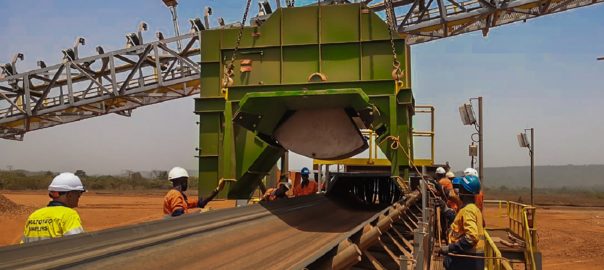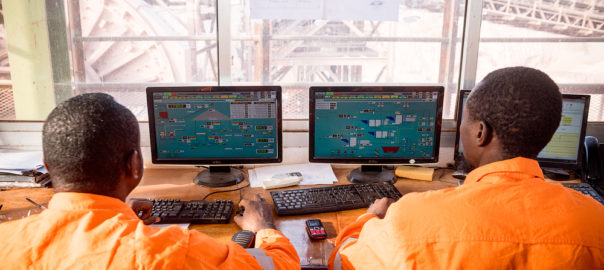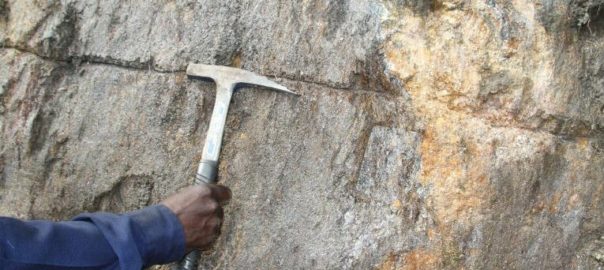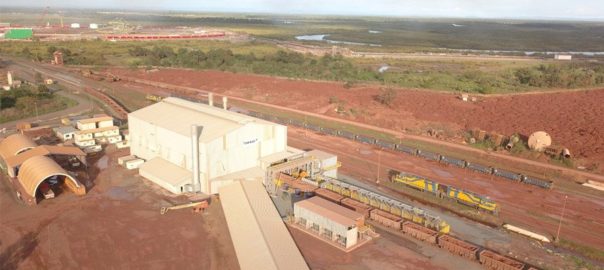Metso says it has received an order exceeding €10 million ($10.9 million) from Winning Consortium Simandou (WCS) for the supply of key crushing equipment for its concentrator plant at Simandou Iron Ore Blocks 1 and 2 in the Republic of Guinea.
Metso’s scope of delivery consists of 16 Nordberg® HP900™ secondary and tertiary cone crushers, a crusher series that has over 10,000 installations worldwide in the aggregate and mining industries.
Xun Fang, Head of Metso’s Minerals Sales in Greater China, said: “We are pleased to be chosen as the supplier of the state-of-the-art crushing equipment for the Simandou iron project by WCS. We will leverage our global knowledge and resources to support the success of this project.”
Winning Consortium Simandou has been set up by the founders of SMB Winning Consortium, namely Winning International Group from Singapore, China Hongqiao and UMS Guinea. WCS won the public tender to develop Simandou Iron Ore Blocks 1 and 2 in November 2019 and signed a Base Convention agreement with the Guinean Government in June 2020.
Simandou Blocks 3 and 4 are held by Simfer S.A., which is owned by the Guinean State (15%) and Simfer Jersey Limited (85%). Simfer Jersey Limited is a joint venture between the Rio Tinto Group (53%) and Chalco Iron Ore Holdings Ltd (CIOH) (47%), a Chinalco-led joint venture of leading Chinese SOEs (Chinalco (75%), Baowu (20%), China Rail Construction Corporation (2.5%) and China Harbour Engineering Company (2.5%)).







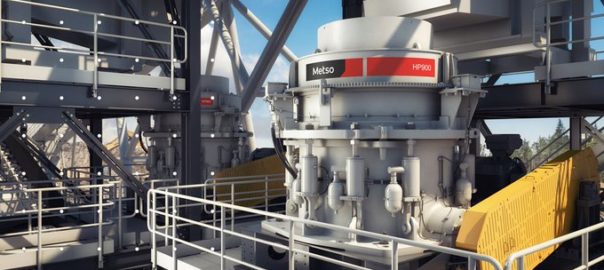
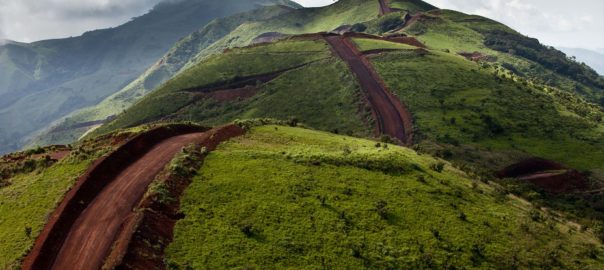
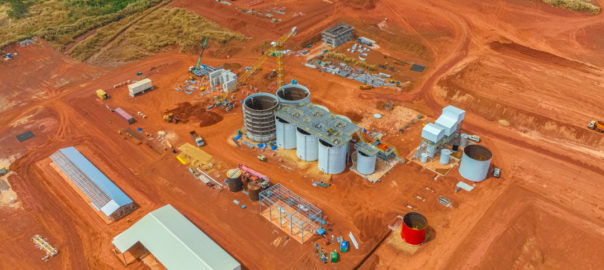
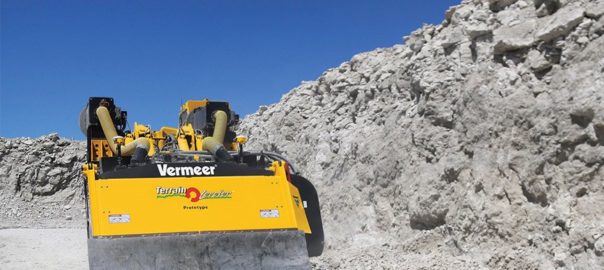
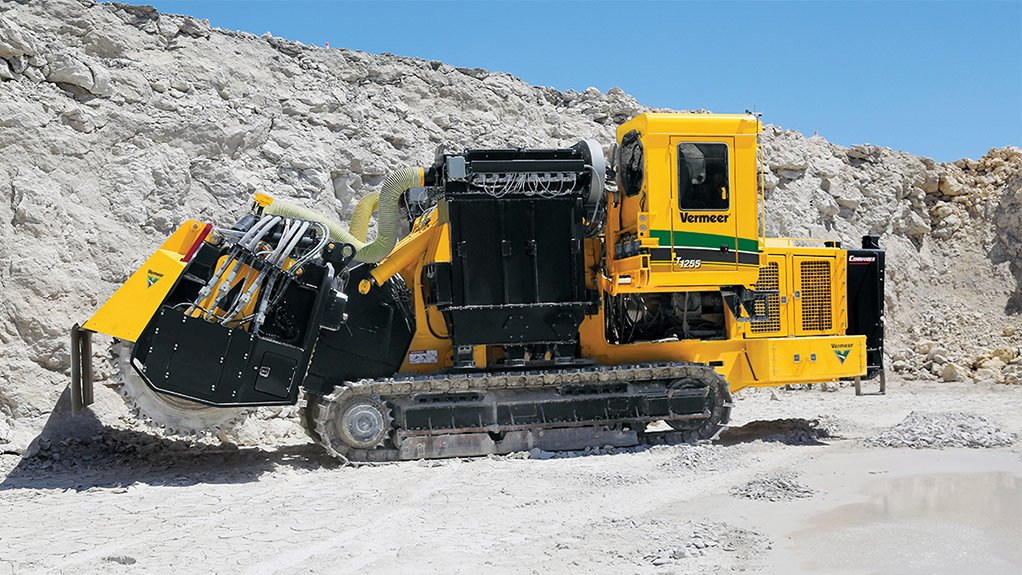
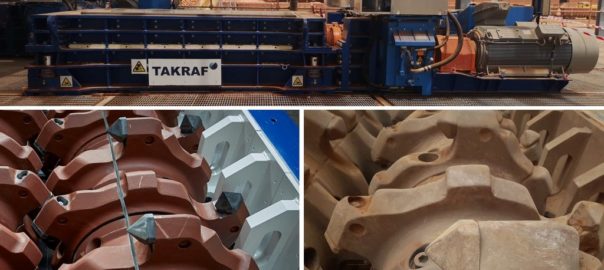
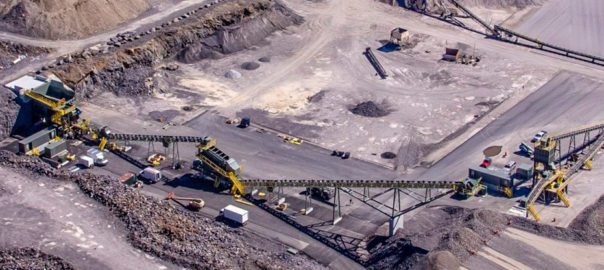
 Vinesh Surajlall, Director – Material Solutions at Astec AME (pictured), said: “The expansion of the Astec portfolio that will be distributed by Aramine is an important evolution in our commercial relations, as we collaborate in very active and demanding markets in West Africa and the Maghreb.
Vinesh Surajlall, Director – Material Solutions at Astec AME (pictured), said: “The expansion of the Astec portfolio that will be distributed by Aramine is an important evolution in our commercial relations, as we collaborate in very active and demanding markets in West Africa and the Maghreb.